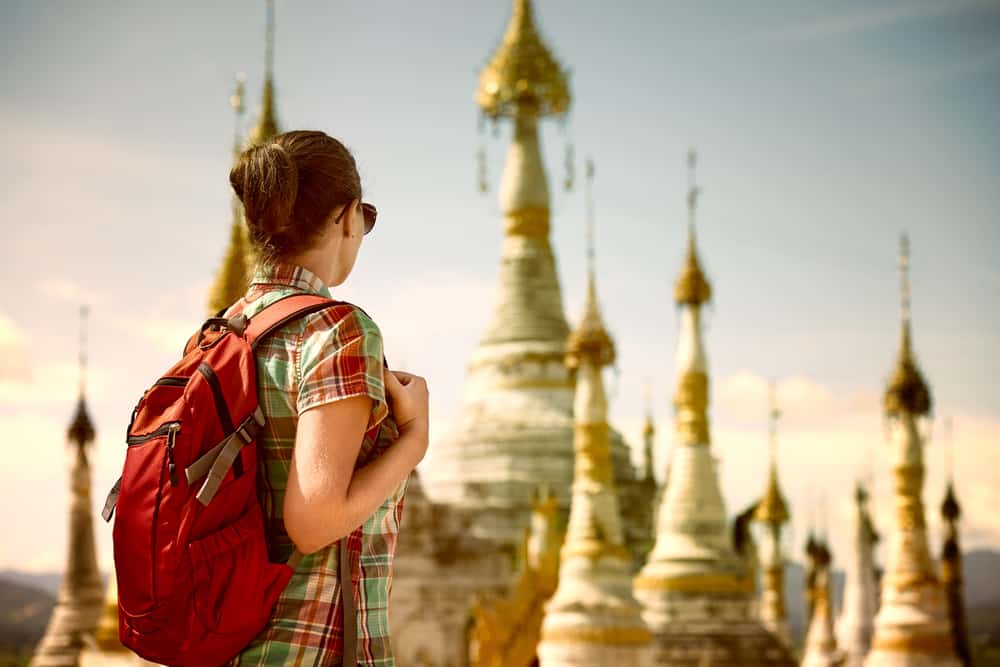Mabrian Technologies, the leading company in Travel Intelligence and sentiment analysis, reveals the evolution of travellers’ behaviour and motivations from 2019 until now. Since 2023 is definitively the back to normal year for tourism globally, Mabrian wanted to check if the travel behavioural changes detected after the pandemic will remain the same, or if actually they will switch back to traditional tourism activities.
To obtain this answer, Mabrian has analysed the spontaneous behaviour and preferences of travellers globally using Social Listening. This methodology is based on Big Data and Artificial Intelligence (Natural Language Processing) techniques to analyse over 400 million tourism related interactions on Social Media during the observed period (first semester of 2019 to first semester of 2023).
The results of this study were presented during the webinar organised by AVIAREPS titled Changing traveller behaviour and trends, where besides from Mabrian’s study, Marriot International and Qatar Tourism presented their insights on this matter.
How tourists travel now
The major conclusion to take from the study is that experiential activities or motivations are taking over from conventional travel motivations. As a definition of ‘experiential’, the activities considered are related to Wellness, Active & Lifestyle, Nature & Food and Cuisine. On the other hand, conventional travel motivations have been defined as Arts and Culture, Sunbathing, Family, Shopping and Nightlife activities.
When dividing these motivations in two different blocks, the data shows how experiential activities has increased by 10 percentual points in the last 4 years ahead of conventional activities. By June 2023 the share of experiential motivations is already almost 50 / 50, which is highly significant, considering that in June 2019 only Arts & Culture and Sunbathing represented 41% of the travel motivations.

The activities that have picked up the most during these years reaching unprecedented levels of interest are Active & Lifestyle, Nature and Wellness. Regarding the two first ones, the data shows a clear inflection point from 2021, corroborating the effects of the pandemic in this type of motivations to travel. Wellbeing has also seen stable growth since 2019.

On the other hand, conventional activities that have lost most of their importance are Arts & Culture and Sunbathing, which now represent only 34% of travel motivations, losing 7 percentual points since 2019.

Carlos Cendra, Chief Marketing and Communication Officer at Mabrian comments: “the way we travel is constantly switching. From the traditional holidays of sunbathing in coastal destinations and culture and shopping in the cities, to disconnecting and discovering experiences where the connection with the environment and ourselves is key. There’s an obvious impact of the pandemic and the effect of being locked down that made us realise how important it is to enjoy the outdoors and feel well and healthy during our free time which has stuck in travellers’ motivations”.
Mabrian highlights that it is essential for destinations and tourism companies to detect new global trends among travellers in an agile manner, while working to offer a tourism product that is as diversified as possible and in line with new trends. High dependence on specific tourism products causes inefficiencies related to high dependence on certain source markets and high seasonality patterns. These factors are of great importance when it comes to promoting the sustainability of the destination.

